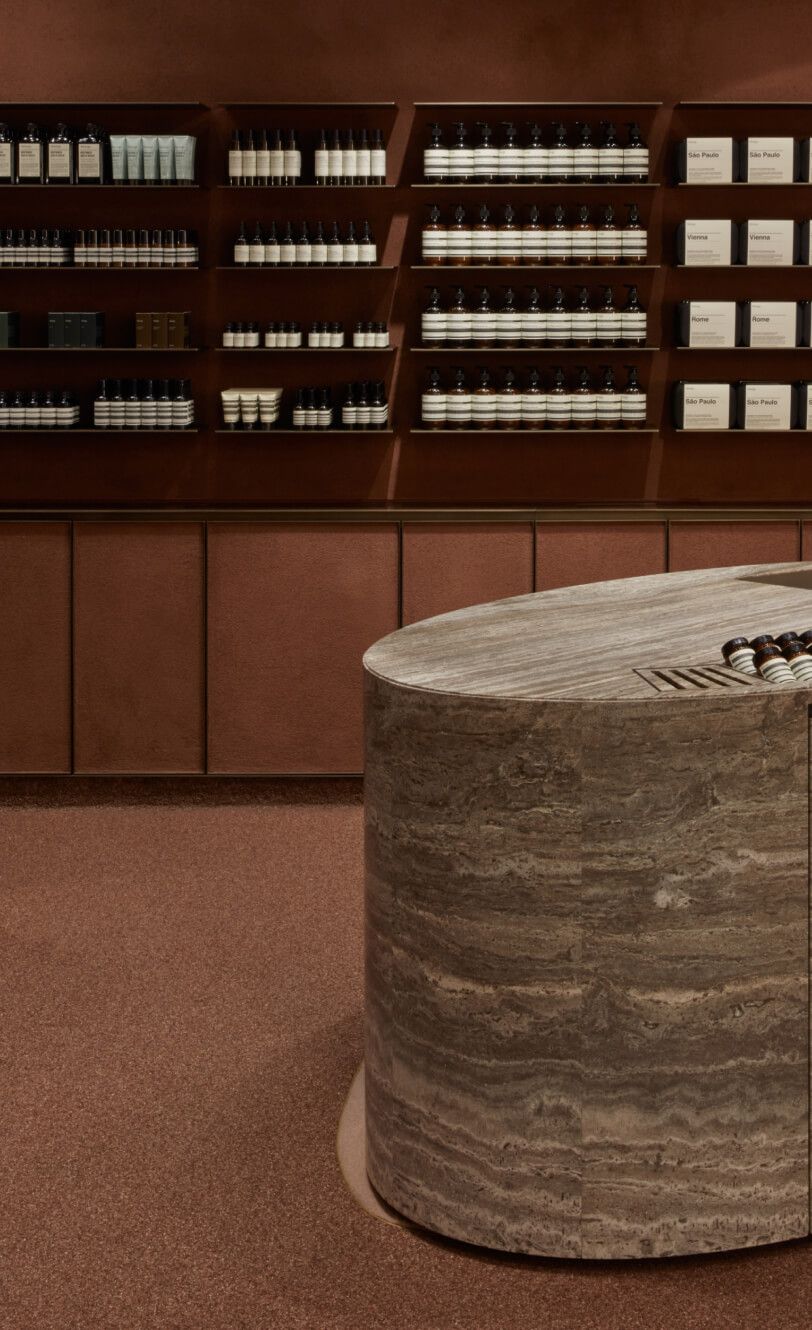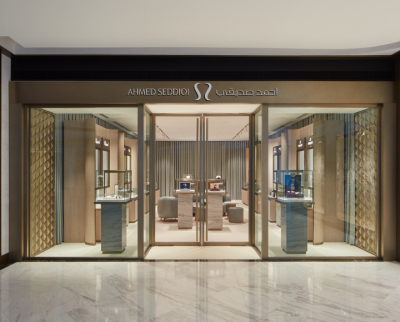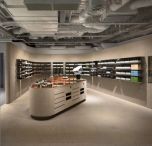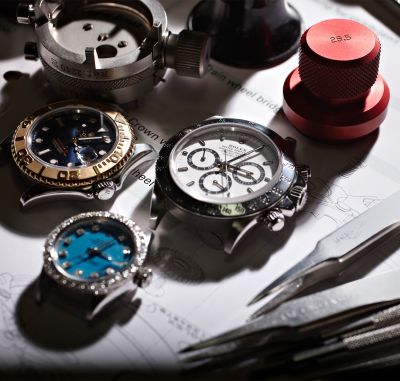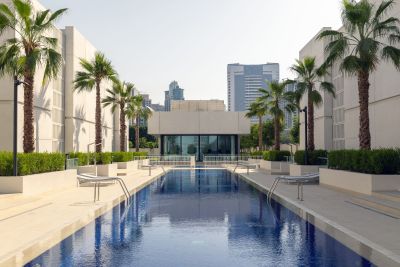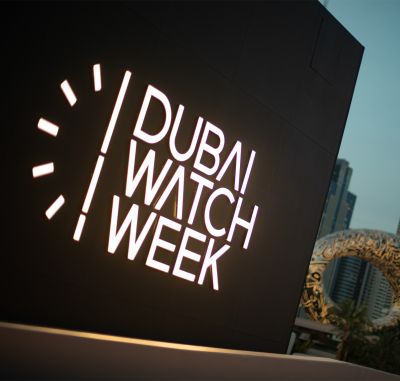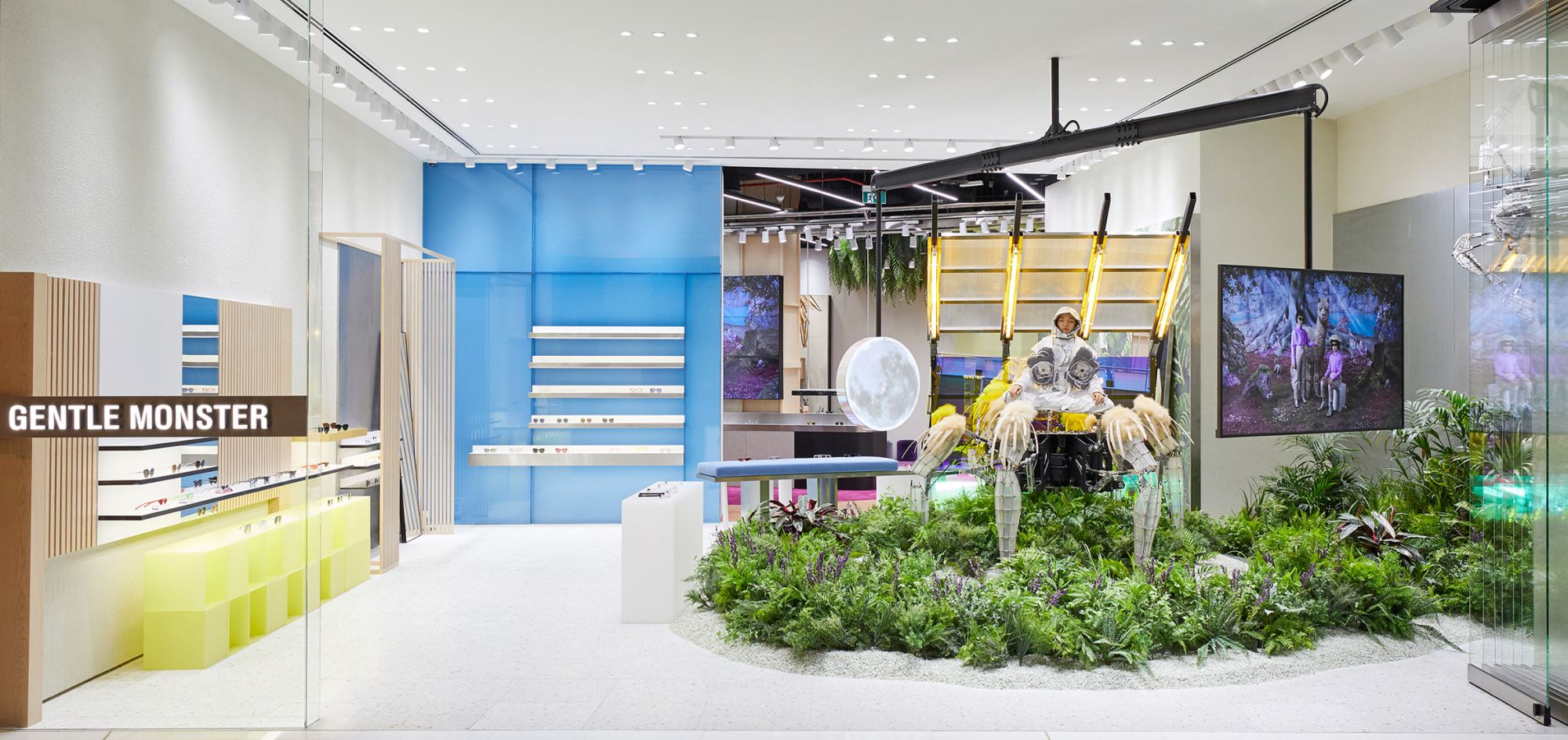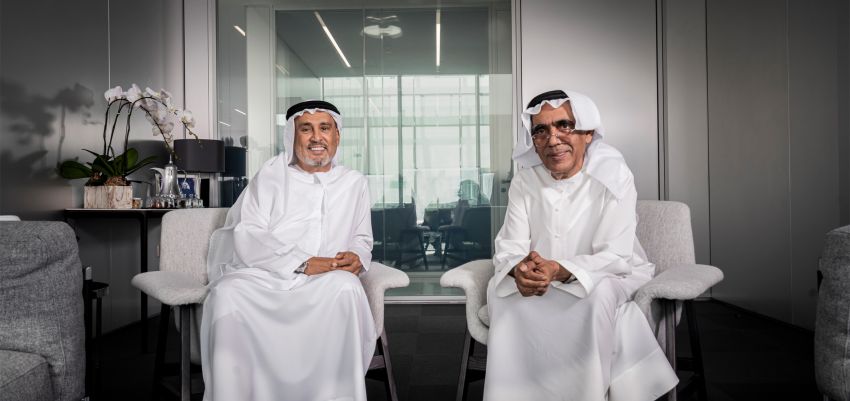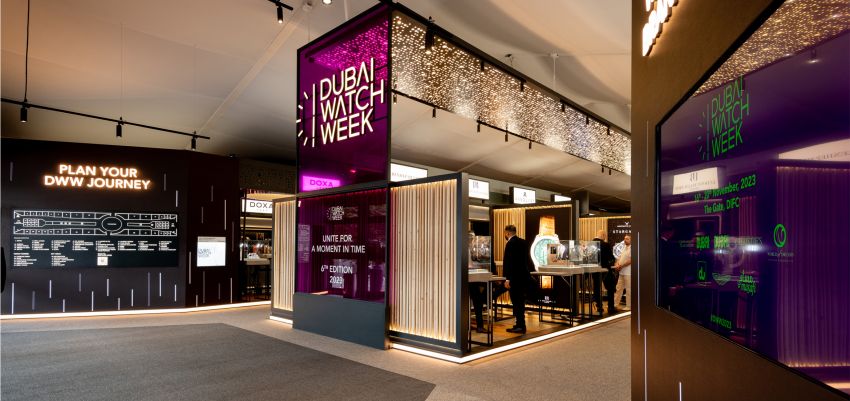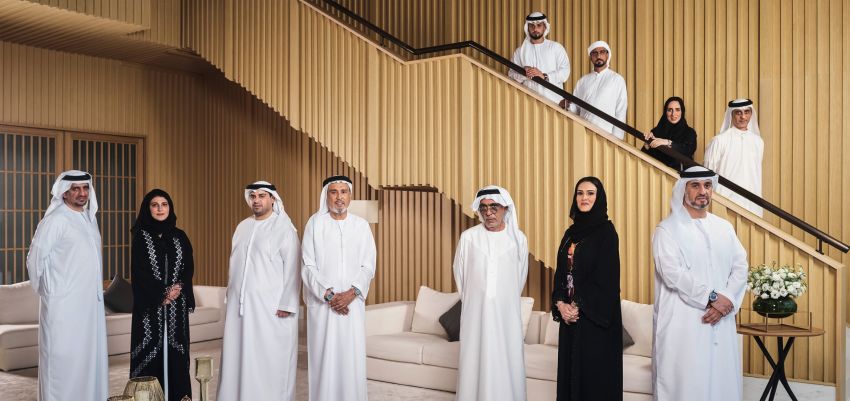CEO Middle East
Those for whom entrepreneurship is a way of life see opportunity in the most unexpected places. So it was for Christophe Nicaise, chief strategy and business development officer at Seddiqi Holding. An impressive customer experience inside a European boutique proved to be the first step along a journey that has seen one of the region’s most established luxury watch retailers expand its offering beyond the remit that defined it for more than half a century.
Stepping inside the granite, marble-clad edifice of Seddiqi Holding, a glass and concrete cathedral illuminated with architecturally sculpted beams of sunlight, the ceaseless snarl of Sheikh Zayed Road’s never-ending traffic seems a million miles away.
Impeccably temperature-controlled, the zen-like indoor garden offers a focal point to the immaculately appointed work spaces, offices and boardrooms that rise up around a verdant atrium with imposing sleekness. Perfectly planed walls and floors in impeccably matched shades of grey are a world away from the humble origins of this empire, founded by Ahmed Qasim Seddiqi in Bur Dubai in 1960.
The small Rolex shop in old Bur Dubai, surrounded by sandy, dusty roads, was the ignition point of one man’s determination to introduce the fine Swiss watches that he loved to the Middle East for the first time and was the spark for a business that today includes 50 boutiques, over 60 brands, an after-sales service business, real estate interests and even a globally respected watch industry event – Dubai Watch Week – that sees horology’s A-list hot-foot it from Europe to Dubai every second year for high-powered meetings, seminars and networking events.
At the head of the division since November 2017, but having previously held the title of CEO of Ahmed Seddiqi and Sons from 2008 to 2016, his pedigree in luxury includes stints at Harry Winston and Baume & Mercier. He was instrumental in setting out the diversification strategy for Seddiqi.
“It wasn’t a long stretch; our know-how is luxury retail and based on that simple assumption, we decided to expand into new product categories in an area we know, and a territory we know,” he says with disarming modesty.
The strategy for diversification was identified in 2016 and based on building on existing knowledge. Its establishment was the first step; finding the right partner proved to take a little longer.
“We were determined to find a brand that resonates with us, and it actually happened thanks to a very personal experience that I had, which was an amazing in-store experience – from customer service to overall concept – at Aesop. I said to myself that it was strange the brand wasn’t yet in the Middle East. When I discovered the brand it was already well advanced in its international penetration with over 100 stores worldwide. I connected with the brand and visited them in Melbourne and built the relationship that ended with signing the distribution agreement.”
The relationship-building across geographical and country borders is something that has defined Seddiqi Holding since the beginning. Driven by a genuine passion for product – luxury watches in the first instance – it is why, when the company made the audacious move to introduce its own non-commercial watch event in an industry that is notoriously conservative, Swiss A-List CEOs, retired visionaries, rising stars and creative directors descended en masse to support Dubai Watch Week in 2015.
The process to get its first non-watch brand on board took around 18 months from the initial meeting to the first product going on sale, says Nicaise. First there was a presence in Bloomingdale’s, and last year, the region’s first standalone Aesop boutique in the Dubai Mall extension was opened. The second addition to the portfolio was Orlebar Brown, a luxury resort wear brand.
“Orlebar Brown went very quickly – from initial discussion to opening the boutique in the Dubai Mall took around a year. What certainly helped is that the brand was already looking at the Middle East and Dubai in particular, but of course when you can already demonstrate what you have done outside watch retailing, it made the process easier.”
Seddiqi Holding is currently working on a third brand projected to open later this year and Mizzen, the division under which Orlebar Brown, Aesop and others will fall has a clear roadmap. Four product categories have been identified in order to define the company’s diversification structure: beauty, fashion, accessories and food and beverage.
“Even within fashion, we are careful not to diversify into areas such as fast fashion. We are looking for brands similar to Orlebar Brown that own their particular niche, express high quality and are not so subject to fashion changes, expressing a kind of continuity. This is our positioning for fashion. The accessories vertical might include leather goods, sunglasses and so on, but also niche brands that offer a unique customer experience. The product is king but the customer experience is key. This is what we like! And it is vital – the market is fast-moving, e-commerce is disrupting the market. Retail is not dead and if you have a good brand with great customer experience you can compete with e-commerce and online.”
Distribution is an area of retail being redefined in the age of e-commerce and here too, the company has been busy adapting, setting in place the processes to fulfil local online distribution for these brands.
“Today you cannot just be the distributor for a brand and exclude digital from the picture,” notes Nicaise. When asked about e-commerce plans for the future, he says that, for now, Seddiqi is focusing on its boutiques. “We are moving from point of sales to points of experience and looking at luxury retail complemented with points of experience that are online.”
The long-term vision for the family, says Nicaise, is important above all else. It informs every decision, whether that is the location of its stunning purpose-built headquarters on Sheikh Zayed Road, which brands to partner with and how to future-proof a deeply cherished legacy through diversifying.
Managing the diversification process successfully meant also looking at what was changing internally. In order to safeguard the culture at the family-run business, hires for the new division were chosen to match the existing culture.
“Very quickly, it felt like they had been here for years, but they brought new skills and new ways of thinking as they came from different sectors. I make sure that knowledge, experience are shared across the various business units, draw on a performance management system, and ensure that all stakeholders are involved which helps communication, but the vision starts with the family. They exemplify the values daily through how they conduct themselves in the business. You lead by example. They set the tone every day.”
The transition from Ahmed Seddiqi & Sons, luxury retailer, to Seddiqi Holding, has been realised during the last three years. Its other interests in real estate and watch after-sales drew on the corporate infrastructure of Ahmed Seddiqi; as the company has grown from around 300 employees ten years ago to 900 today, it has changed. Stronger internal services support the three divisions that now include Mizzen.
“It’s reassuring to work in such an environment; the vision for diversification isn’t about an immediate return on investment. They understand things take time and give us the time to build the new division and supporting us to find the right brands and location. The beauty of a family business is that when you start your financial year no one is asking you what you will be doing the next quarter. Quality and a long-term vision is the most important aspect of what we do.”





